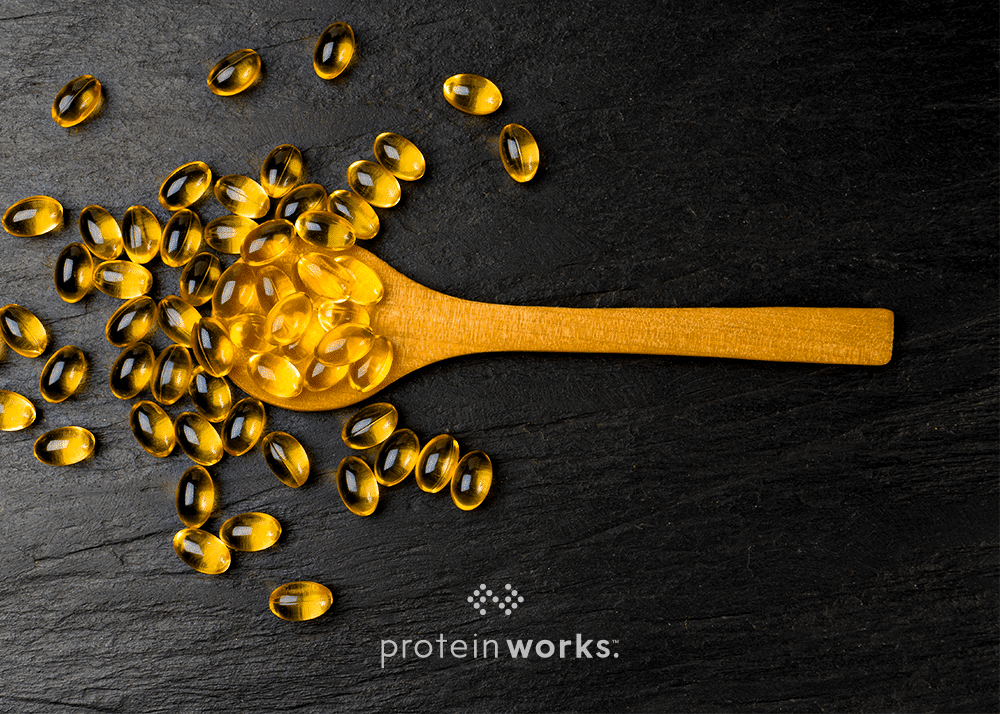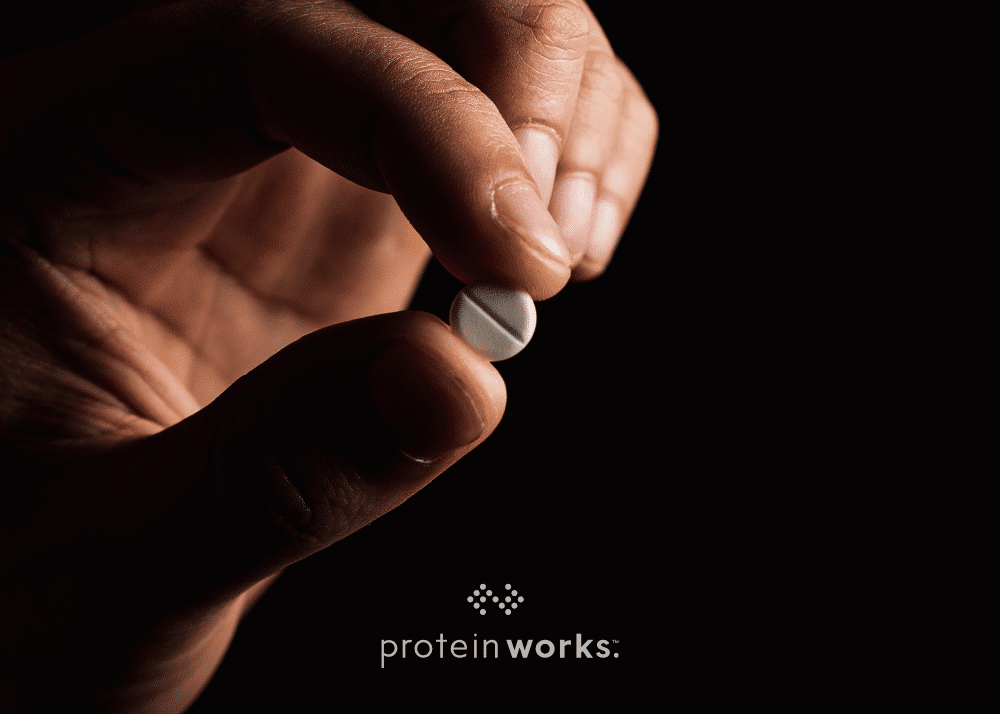Both omega-3 and omega-6 fatty acids are considered essential. The body cannot create them so they must be consumed from dietary sources. The long-chain omega-6 fatty acid, arachidonic acid (AA) can be created from linoleic acid, while the long-chain omega-3 fatty acids eicosapentaenoic acid (EPA) and docosahexaenoic acid (DHA) can be synthesized from alpha-lipoic acid (ALA), but in humans, this process is relatively inefficient.
Omega-3 and 6 in Your Diet
Typical Western diets tend to be much higher in omega-6 fatty acids than omega-3 fatty acids. This is as a result of the development of technology marking the beginning of the modern vegetable oil industry in addition to modern agriculture with an emphasis on grain feeds for domestic livestock. Both of these are rich sources of omega-6 fatty acids.
Our ancestors ate a diet rich in omega-3 fatty acids, and the agricultural shift towards production significantly reduced the omega-3 fatty acid content of many foods. Many believe this reduction in omega-3 fatty acid intake, and shift towards increased omega-6 fatty acid intake was among the cause of the increased prevalence of a number of chronic diseases in the modern world (Cordain et al., 2005). Research supports this notion, showing Native Greenland Eskimos and the Japanese, who have higher omega-3 intakes and lower incidence of cardiovascular disease and other chronic diseases than western populations.
Omega-3 and Cardiovascular Disease
Arachidonic acid, the major bioactive derivative of omega-6 results in the production of pro-inflammatory molecules. Whereas EPA and DHA, the bioactive derivatives of omega-3 generally produce cytokines that are anti-inflammatory and reduce proinflammatory effects (Deckelbaum & Torrejon, 2012). It has also been demonstrated that dietary enrichment of LDL-cholesterol with omega-6 resulted in an increased susceptibility to oxidation, where oxidized LDL is considered to be pro-inflammatory and more prone to contributing to atherosclerosis and in turn cardiovascular disease. Interestingly, when the authors combined LDL-cholesterol with omega-3, the LDL particle was less prone to these potentially adverse effects.
For this reason, many suggest omega-3 offer great health benefits and that improving the ratio of dietary omega-6 to omega-3 should be the primary objective. A large body of scientific research suggests that higher dietary omega-3 intakes are associated with reductions in cardiovascular disease risk. Thus, the American Heart Association recommends that all adults eat fish, particularly oily fish at least twice weekly.
The Relationship Between Omega-3 and Omega-6
While increasing omega-3 intake appears to be a good idea for the Western world, advice to focus on a particular ratio of omega-6 to omega-3 is lacking a basis of well-designed human intervention trials. Existing studies clearly show that the ratio is mainly controlled by increases in omega-3 intakes, rather than significant decreases in omega-6 intake (Deckelbaum, 2010). Plus, a substantial body of evidence exists showing health benefits of omega-6 fatty acid containing foods.
For example an almond-enriched diet (almonds have a very high omega-6 to omega-3 ratio) lowered tissue markers of inflammation (Rajaram et al., 2010). Almonds also lowered LDL cholesterol to a greater extent than walnuts or virgin olive oil (both have lower ratios of omega-6 to omega-3) (Damasceno et al., 2011). Other foods with relatively high omega-6 to omega-3 ratios show demonstrable health benefits, including coconut oil, olive oil and avocadoes.
Recommended Dosages
Therefore, based on the current evidence, avoidance of omega-6 fats in an effort to maintain a certain omega-6 to omega-3 ratio is unnecessary and probably unhealthy. In actual fact, simply increasing omega-3 intake through the consumption of fatty fish or daily fish oil supplementation will suffice. Recommended dosages of fish oil vary depending on the outcome you are looking for. For instance, the American Heart Association (AHA) recommend a dosage of 0.5 – 1.8 g/day of combined EPA and DHA to reduce cardiac and all-cause mortality, which works out at between 2 and 4 capsules of a typical Omega-3 product.
To lower high triacylglycerol levels, the AHA recommends 2 – 4 g/day of combined EPA and DHA, which works out at between 4 and 7 capsules. Some within the fitness industry promote fish oil mega-dosing (up to 30 g/day), suggesting this offers specific benefit. However, this claim is supported by no evidence. In short, don’t focus on a specific omega-6 to omega-3 ratio, simply eat healthy, natural fats, avoid trans fats and increase your intake of omega-3 to meet the recommendations provided.
About the Author: Matt holds a BSc (Honours) degree in Sport & Exercise Science and an MSc awarded with distinction in Nutrition Science. Through his own Performance Nutrition business, Nutrition Condition, he delivers frequent Health & Wellbeing Workshops to corporate and personal clients advising on how best to develop a sound, scientifically structured nutrition programme free from fads and marketing bias. Nutrition Condition also delivers Performance Nutrition services to world-class professional athletes.







No Comments yet!